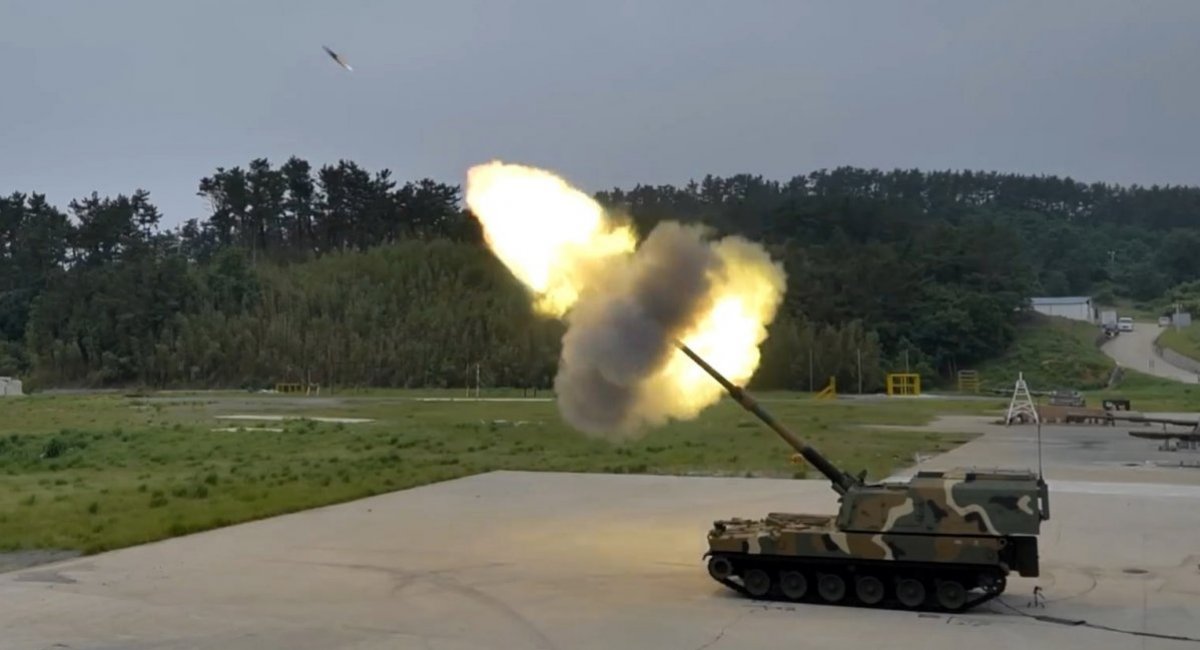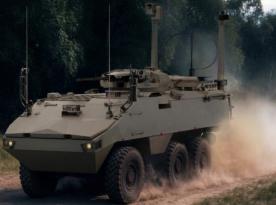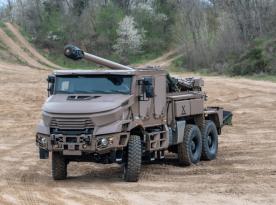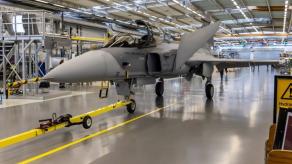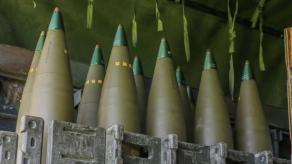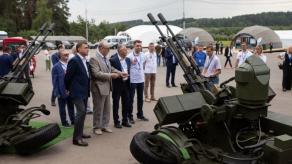South Korean Hanwha has received an order for its K9 tracked self-propelled artillery systems from a new customer, Vietnam. Information about this contract is still unofficial; the first ones to report the deal signing were Vietnamese sources, then respectable Korean outlets such as the Korea Herald citing insiders.
The total value of the contract concluded back in July, is $245 million. Vietnam will receive 20 self-propelled guns, meaning one K9 artillery system will cost about $12.25 million in a package supply. The delivery timeline is by the end of 2025 — a very optimistic estimate even for a manufacturer as big as Korean Hanwha.
Read more: Estonia Armed Ukraine with Towed Artillery in 2022 — What Self-Propelled Howitzers Are in Its Own Arsenal Now?
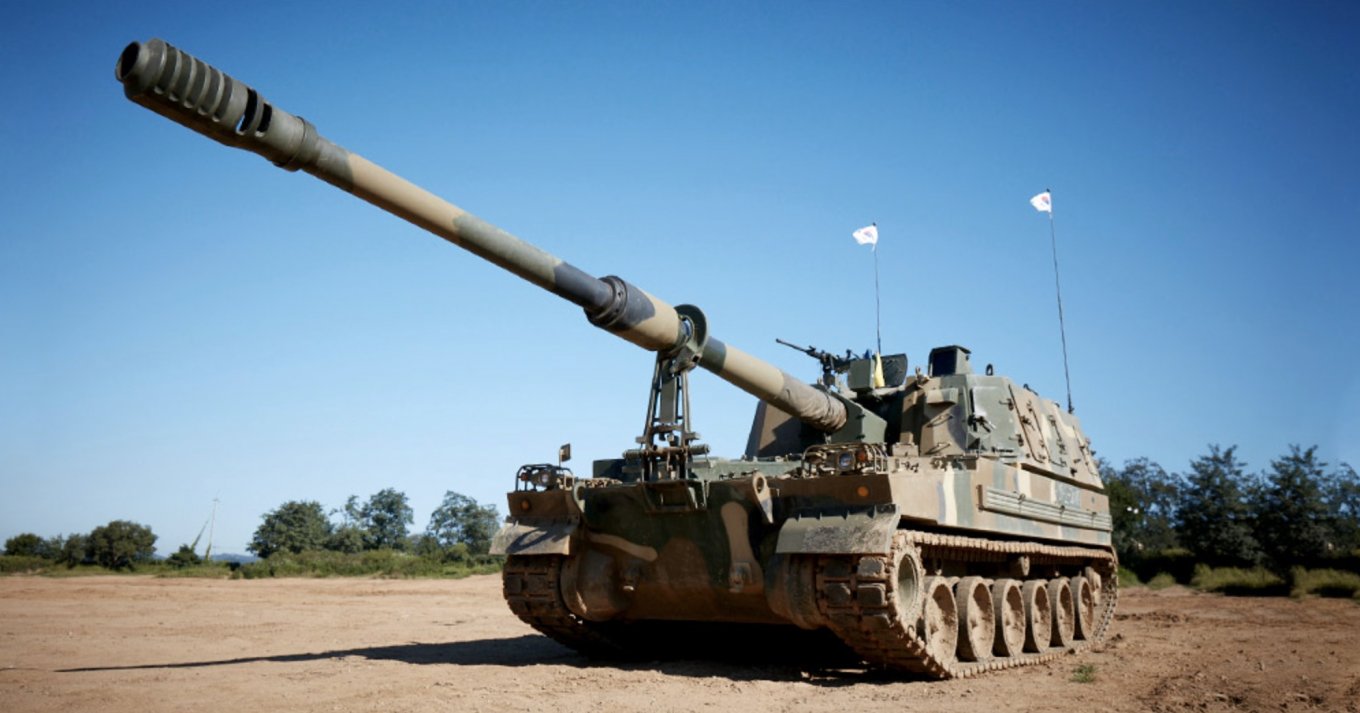
Defense Express notes that the said pricing is almost certainly for a comprehensive supply that includes additional services and goods like logistics, spare parts, and probably an abundant supply of ammunition because the Vietnamese army has no other 155mm artillery systems in service.
Given the context, the conclusion of a K9 Thunder agreement between Korea and Vietnam was only a matter of time. The decision to purchase them was made in April 2025, when the Vietnamese Ministry of Defense publicly announced the intent — although at that time it reportedly considered buying 108 guns at once.
Such a bold number appeared amidst Vietnam's effort to rearm its artillery, both qualitatively and quantitatively. The current arsenal consists largely of outdated Soviet models: more than 2,000 D-30, M-46, and D-20 towed howitzers combined, several dozen 2S1 Gvozdika, 2S3 Akatsiya self-propelled guns. Formally there are also remainders of American 105mm M101 and 155mm M114 guns in service — relics from the 1940s.
To achieve that goal, objectively, it would be more convenient for Vietnam to purchase 152mm caliber artillery, given its stockpiles of Soviet-style ammunition. But Hanoi is confidently drifting away from russia and its defense products.
There were also some notable experiments in the early 2020s, in particular with the installation of a domestically-made 130mm cannon on the Soviet KrAZ-255B chassis. However, the concept never advanced beyond the prototype for testing.
For Korean Hanwha, meanwhile, the sale of K9 Thunder to Hanoi is another export success and reaffirmation of this self-propelled gun's reputation as a bestseller: Vietnam became its 11th customer after South Korea itself, Türkiye, Poland, Finland, India, Norway, Estonia, Australia, Egypt, and Romania.
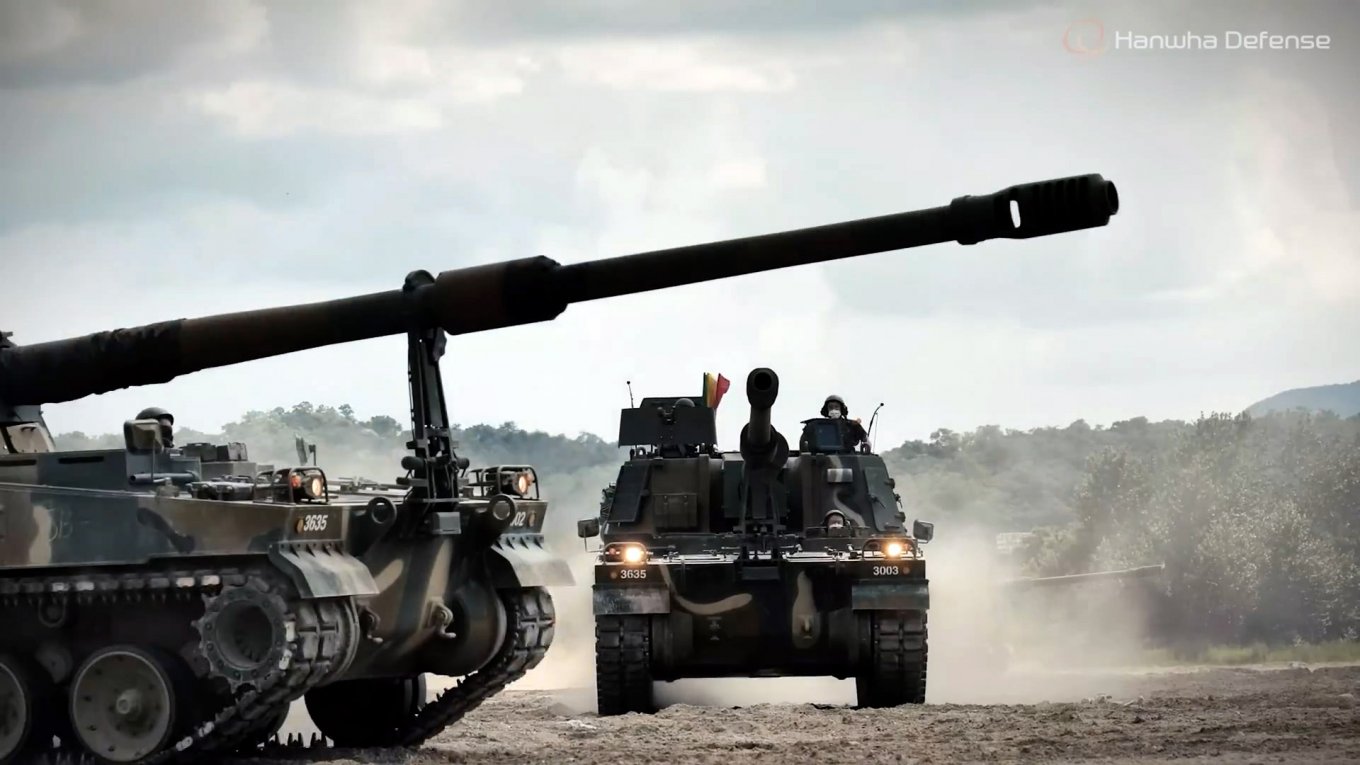
From purely technical perspective, the K9 self-propelled gun itself does not have any unique selling parameters. It's just a solid 155mm artillery system with a standard (for modern types) barrel length of 52 calibers and a firing range of about 40 km depending on the projectile. The shell loading is highly mechanized and shooting is facilitated by digital fire control systems. The full automatic loader will appear only in the K9A2 version and no earlier than 2027, followed by the system's planned droneization in the 1930s.
Read more: Spending Billions on Tanks and Helicopters, Poland Can't Find Money For Anti-Drone Systems




